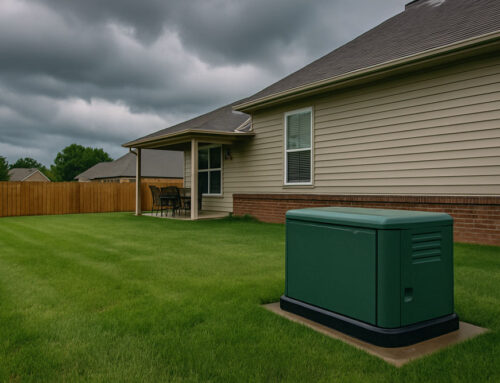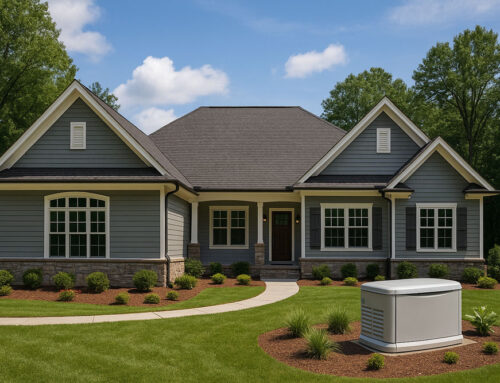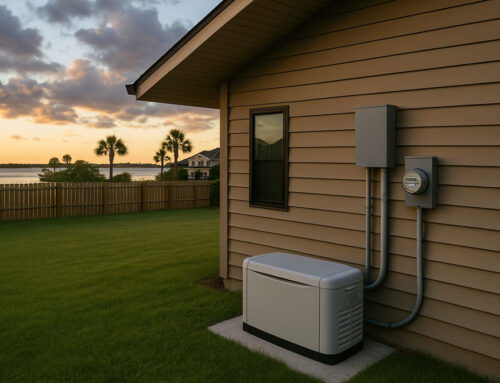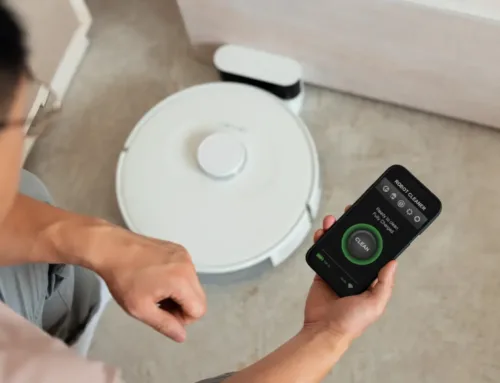When the power goes out, any backup solution might seem better than none. Many homeowners start with portable generators because they appear affordable and easy to use. But over time, the hidden costs and inconveniences add up—making whole-home standby systems the smarter, safer investment.

We’ve worked with plenty of homeowners who bought portable units as a quick fix, only to realize they weren’t prepared for extended outages or unpredictable storm seasons. While the upfront price of a portable generator may look appealing, the long-term expense often tells a different story.
The most overlooked cost is fuel. Portable generators typically run on gasoline, which must be stored in advance and manually refilled during use. Gas prices fluctuate, and in an emergency, fuel availability can be limited. Safely storing large quantities of gasoline also presents fire risks and requires strict ventilation. In contrast, standby generators run on natural gas or propane—safer, cleaner-burning fuels that are either plumbed directly into your home or stored in large, sealed tanks that require far less maintenance.
Another hidden cost is the wiring and extension setup. Portable generators require careful placement outdoors, away from windows and doors to prevent carbon monoxide poisoning. From there, you’ll need long, heavy-duty extension cords or a professionally installed transfer switch to connect appliances. Without proper configuration, these setups can become safety hazards or fail to power critical systems when you need them most.
Time is another cost. Setting up a portable generator during a storm or blackout involves tracking down fuel, pulling the unit outside, connecting cords, and manually starting the system. If it’s raining or dark—or both—that process becomes stressful fast. With a standby generator, the power comes back on automatically within seconds, with no need for action. That convenience matters when your family is counting on uninterrupted power.
Maintenance on portable systems is often neglected. These units require regular oil changes, spark plug replacements, and fuel stabilization. Most homeowners don’t realize that letting gas sit unused in a portable generator can damage the engine. Whole-home standby systems, by contrast, perform automatic self-checks and receive professional service through routine maintenance agreements. They’re designed to be reliable, long-lasting, and ready whenever they’re needed.
There’s also the question of output. Portable generators can only power a few items at a time—usually essentials like the refrigerator and a few lights. They can’t support HVAC systems, water heaters, or home security systems. A professionally installed standby generator powers your entire home or essential circuits based on your priorities, maintaining true comfort and safety throughout an outage.
From a property value perspective, portable units offer no boost. In fact, visible fuel storage and patchwork wiring can detract from curb appeal. Meanwhile, whole-home standby generators are considered a premium upgrade. Buyers see it as a signal of a well-maintained home, especially in storm-prone regions like ours.
We often meet clients who tell us they “made it work” with a portable system during past outages. But over time, that inconvenience adds up—and with severe weather becoming more frequent, reliable power isn’t optional. It’s a necessity.
Our team handles everything from sizing and selecting the right standby generator to securing permits, managing gas line connections, and completing installation to code. We also offer ongoing service to ensure your system is always ready to protect your home.
Portable generators may seem budget-friendly, but when you add up the fuel costs, manual effort, limited coverage, and maintenance, it becomes clear: standby systems aren’t just more powerful—they’re more practical.
Contact Powerhound at (910) 296-3536 or visit our Facebook page to upgrade your power solution and stop relying on a patchwork system.
#BackupPowerSolutions #GeneratorComparison #WholeHomePower





